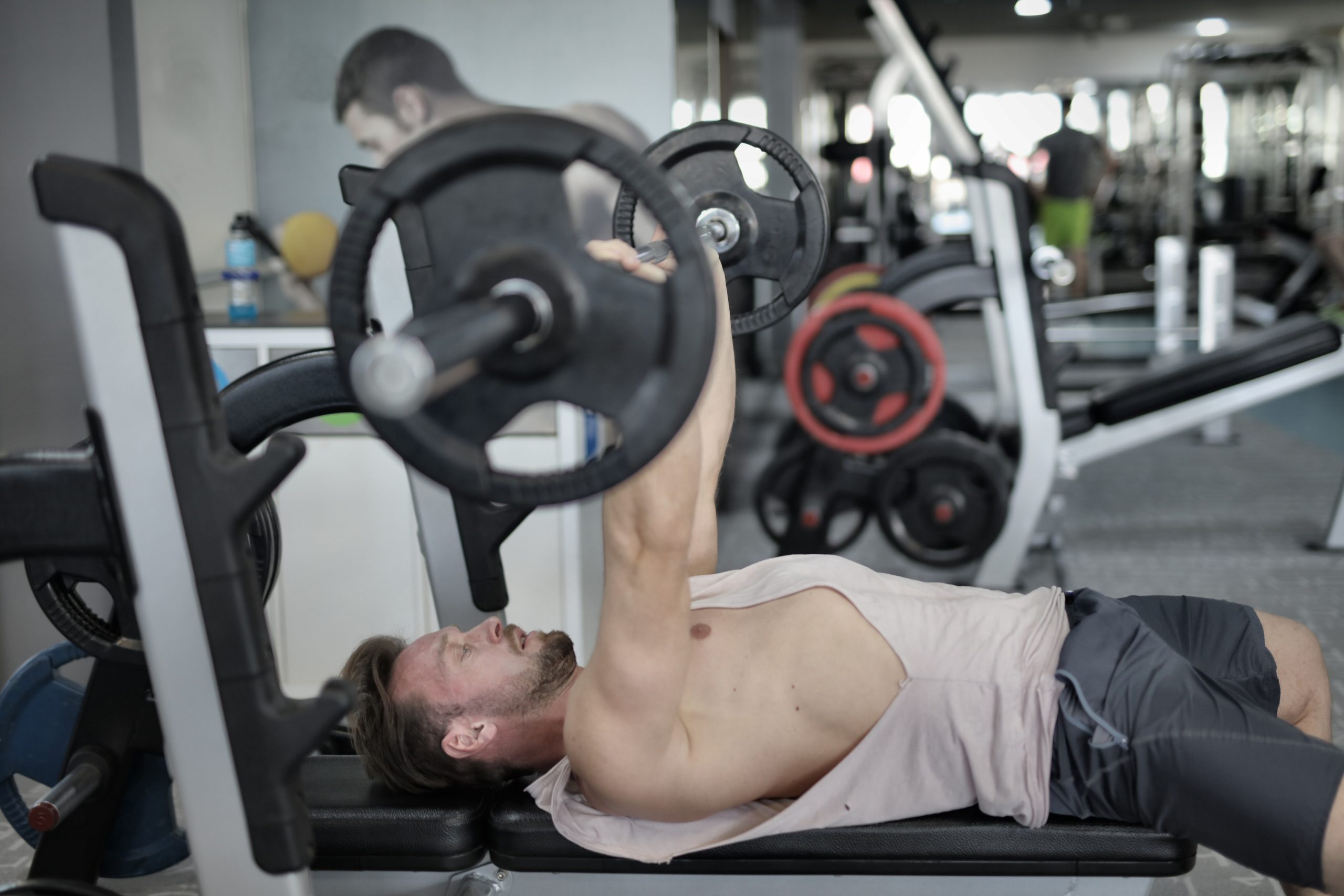In the world of fitness, one-size-fits-all approaches have become a thing of the past. Traditional gym equipment limited movement patterns and often failed to provide holistic, functional strength gains. But in recent years, a revolutionary piece of equipment has taken the fitness industry by storm: the Functional Trainer. Offering a dynamic and versatile approach to strength training, functional trainers have transformed the way people exercise, helping them achieve their fitness goals more effectively than ever before.
Understanding Functional Trainers: The Basics
At first glance, a functional trainer might resemble a cable machine, but it’s so much more than that. Unlike traditional weight machines that restrict movement to a single plane, functional trainers enable multi-directional and multi-planar exercises. This simulates real-life movements and engages a broader range of muscles, enhancing functional strength that translates into daily activities and sports performance.
The core components of a functional trainer include two adjustable weight stacks, pulleys, and various attachments like handles, bars, and straps. These components allow for an extensive array of exercises that target muscles from different angles and challenge the body in unique ways.
Benefits of Functional Trainers
- Functional Strength Development: Functional trainers focus on building strength that is applicable to real-world activities. Whether you’re picking up groceries, playing sports, or just going about your day, the increased functional strength gained from using a functional trainer can make these tasks easier and safer.
- Versatility: The versatility of functional trainers is unparalleled. From upper body exercises like rows, presses, and pulls to lower body movements like lunges and squats, functional trainers provide a comprehensive workout for all muscle groups. The ability to mimic natural movements means you’re less likely to develop muscle imbalances.
- Stability and Balance: Functional trainers engage stabilizer muscles that often go ignored in traditional weightlifting. This leads to improved stability and balance, reducing the risk of injuries and promoting overall physical health.
- Injury Prevention and Rehabilitation: Functional trainers are widely used in injury prevention and rehabilitation programs. The controlled and adaptable resistance allows individuals to target specific muscle groups gently, aiding in the recovery process.
- Space Efficiency: Functional trainers are designed with space efficiency in mind. They occupy much less space compared to having a variety of traditional gym machines, making them suitable for home gyms and smaller fitness spaces.
Key Exercises to Try
- Cable Woodchops: This exercise engages your core, obliques, and upper body. Mimicking the movement of chopping wood, it’s excellent for building rotational strength.
- Single-Leg Romanian Deadlifts: Enhance balance and stability while targeting your hamstrings and glutes. The adjustable pulley heights allow you to modify the exercise as needed.
- Face Pulls: Strengthen your upper back and shoulders while improving posture with this exercise. It’s particularly beneficial for counteracting the effects of prolonged sitting.
- Tricep Pushdowns: Isolate your triceps with this classic exercise. Adjust the attachment and weight to challenge your muscles effectively.
- Cable Rows: Target your lats, rhomboids, and rear deltoids to improve posture and develop a strong back.
Incorporating Functional Training into Your Routine
When incorporating functional trainers into your fitness routine, keep these tips in mind:
- Start with Proper Form: As with any exercise, proper form is crucial. Functional trainers can provide resistance from multiple angles, so ensure you understand the mechanics of each exercise.
- Progress Gradually: Begin with lighter weights and gradually increase resistance to avoid overexertion or injury.
- Mix It Up: Variety is key in functional training. Rotate through different exercises to challenge your muscles in new ways and prevent plateaus.
- Include Functional Training: Functional training doesn’t have to replace your existing routine; it can complement it. Incorporate functional training exercises alongside your traditional lifts.
